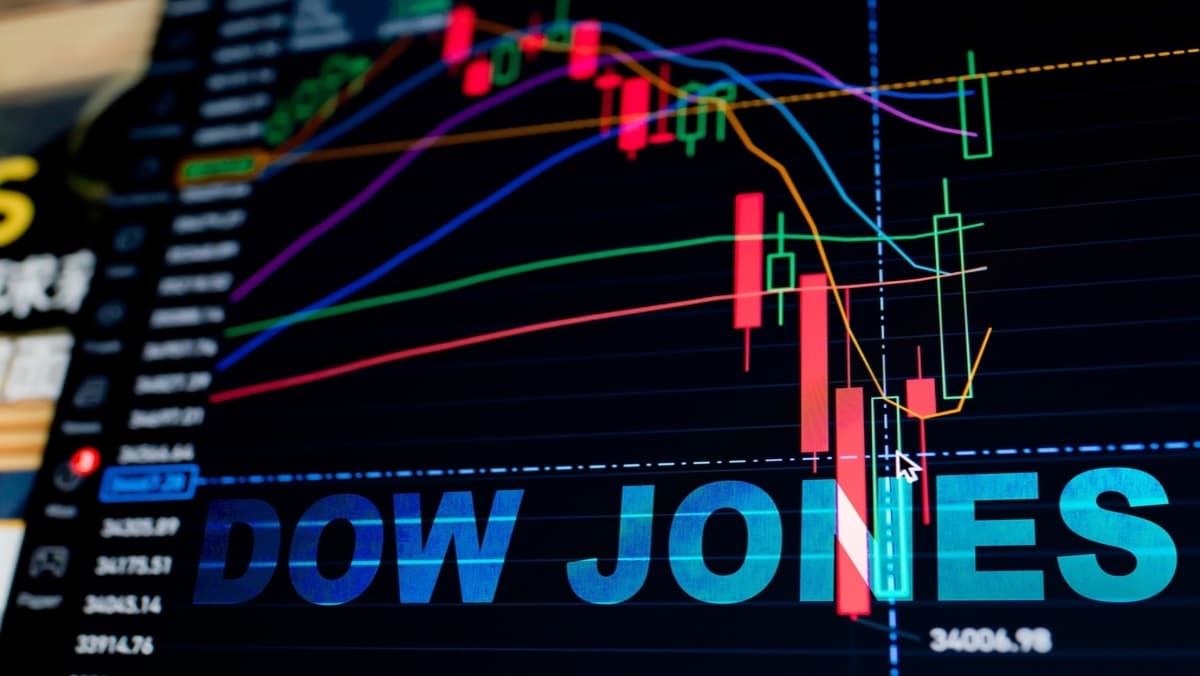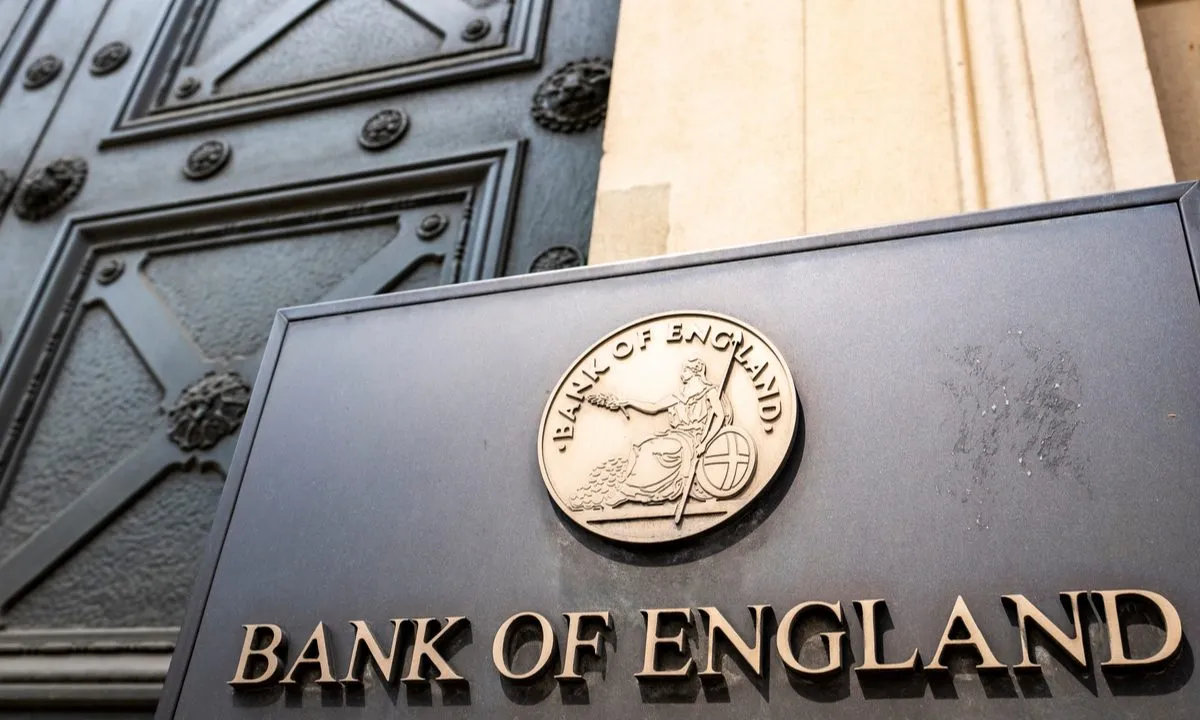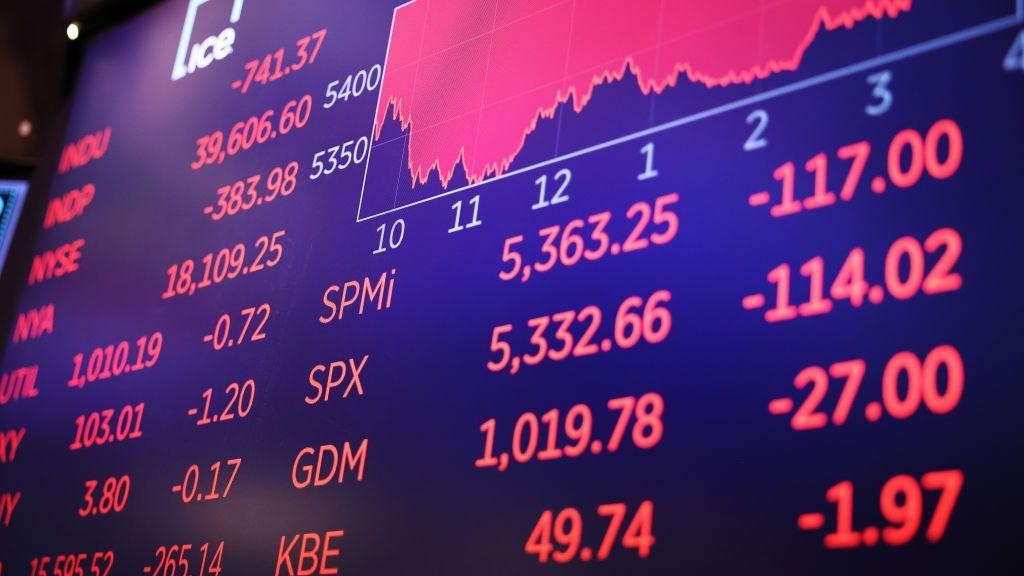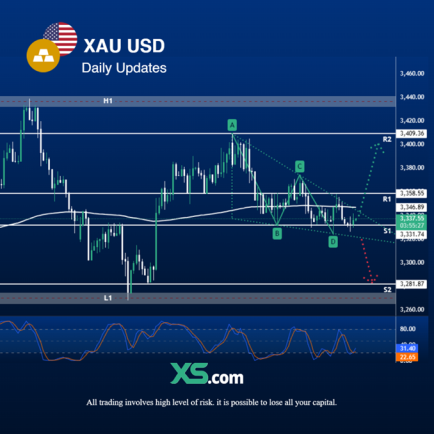Dow Jones Cautious Ahead Of Earnings Season, Policy Uncertainty

Linh Tran
Dow Jones (US30) is currently trading cautiously after approaching its historical high. Profit-taking pressure at elevated levels, combined with a series of mixed macroeconomic signals, has left the market in a state of hesitation, unable to establish a clear short-term trend.
From a macroeconomic perspective, recent economic data has been mixed, prompting investors to step back and wait for clearer signals from monetary policy authorities. Specifically, the Consumer Price Index (CPI) came in line with expectations, while the Producer Price Index (PPI) was lower than forecast. This suggests that inflationary pressures remain present at the output level, while input costs for businesses are easing—a scenario that makes it difficult to definitively anticipate the Federal Reserve’s next policy move.
Additionally, the Federal Reserve’s Beige Book report indicates that the U.S. economy is relatively stable, yet business uncertainty remains high, with many companies maintaining a cautious stance on hiring and investment. This reflects a prolonged state of “wait and see” across the board—from businesses and investors to policymakers.
The Fed continues to maintain a data-dependent stance, clearly requiring more conclusive indicators before making any changes to interest rates. In this context, reports that President Donald Trump considered firing Fed Chair Jerome Powell—despite later being denied—have sparked concerns over political interference in monetary policy. While unverified, the mere circulation of such news has heightened investor sensitivity to institutional stability, a critical factor underpinning U.S. equity valuations for many years.
Moreover, the market is grappling with escalating geopolitical risks, particularly in the Middle East, following Israel’s latest military actions in Syria. Additionally, fears that the U.S. administration might reinstate tariffs on China or introduce new protectionist measures are further weighing on investor sentiment.
In this environment, even though the economic fundamentals remain relatively solid, the accumulation of uncertainties from multiple fronts is creating opposing forces that are weighing on the equity market’s momentum. Dow Jones, in particular—given its concentration of industrial and manufacturing giants—faces headwinds in pushing higher.
Until there is greater clarity on macroeconomic and policy fronts, the upcoming Q2 corporate earnings season is expected to be the primary catalyst for shaping the next directional move for the Dow Jones. If earnings exceed expectations—especially from major industrial firms—it could help offset the current macroeconomic ambiguity and reignite upward momentum. Conversely, disappointing earnings or cautious corporate outlooks could deprive the market of a clear driver, resulting in continued sideways movement or a moderate pullback from the recent highs.
Tran is Market Analyst at XS.com






